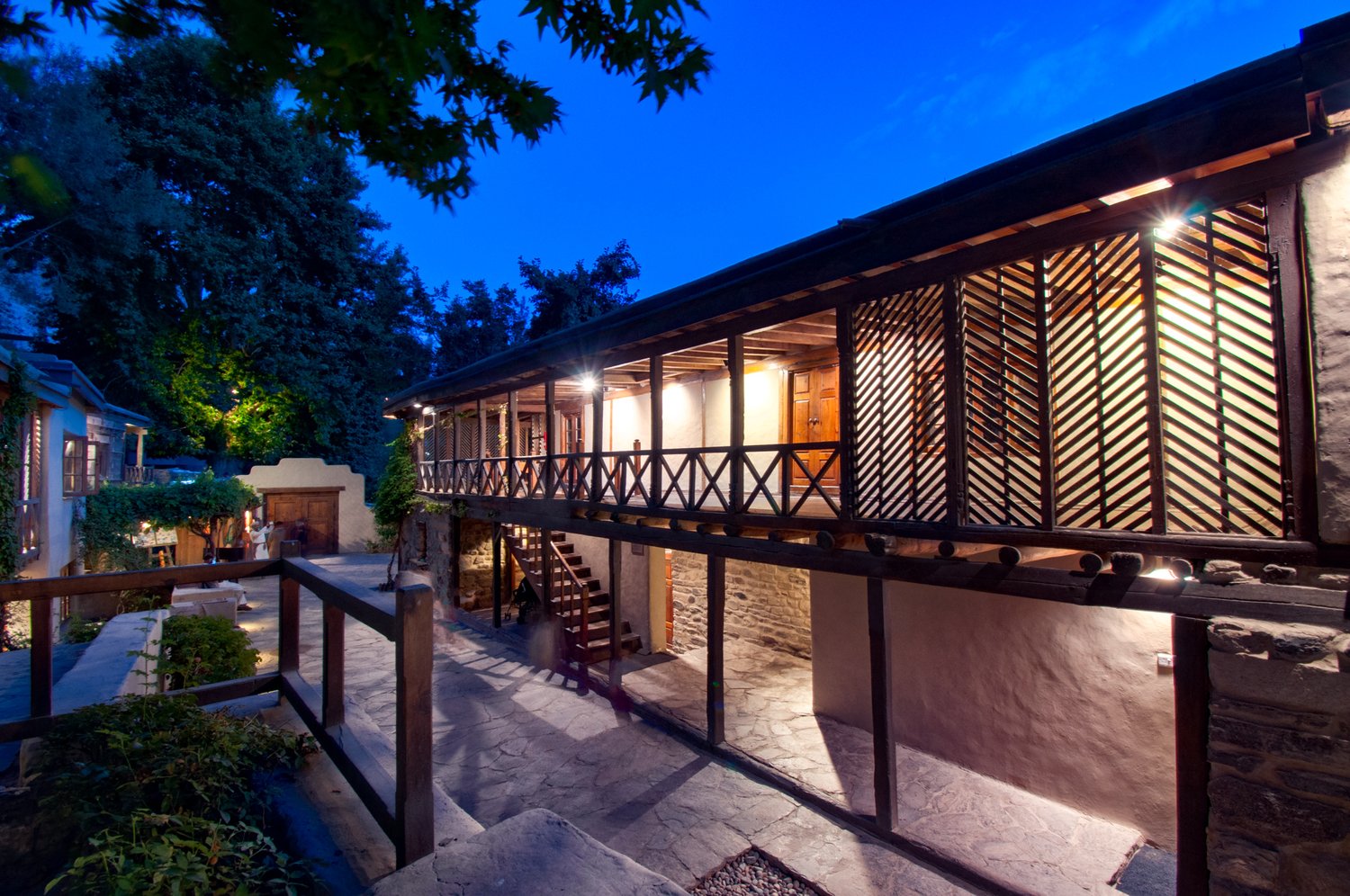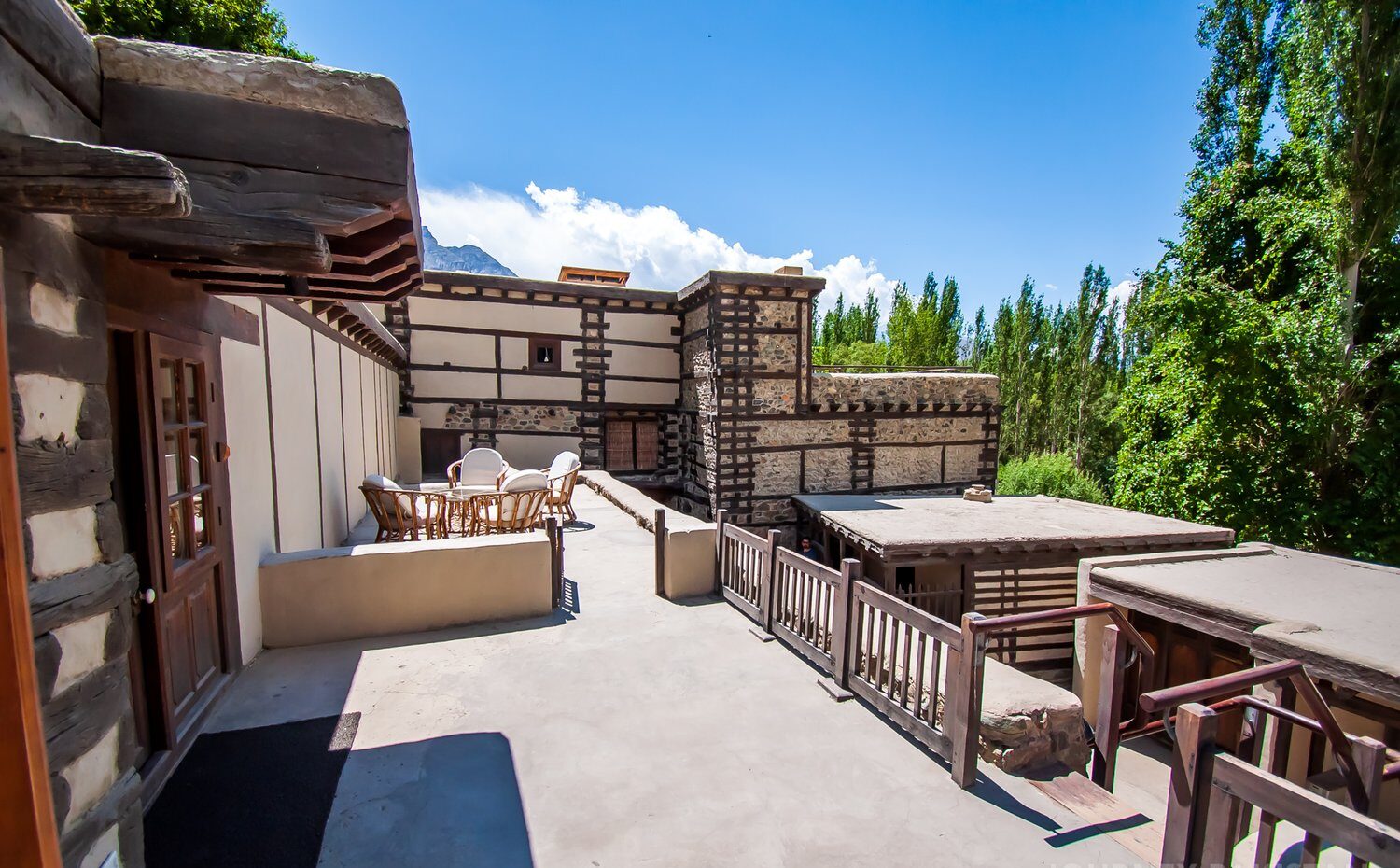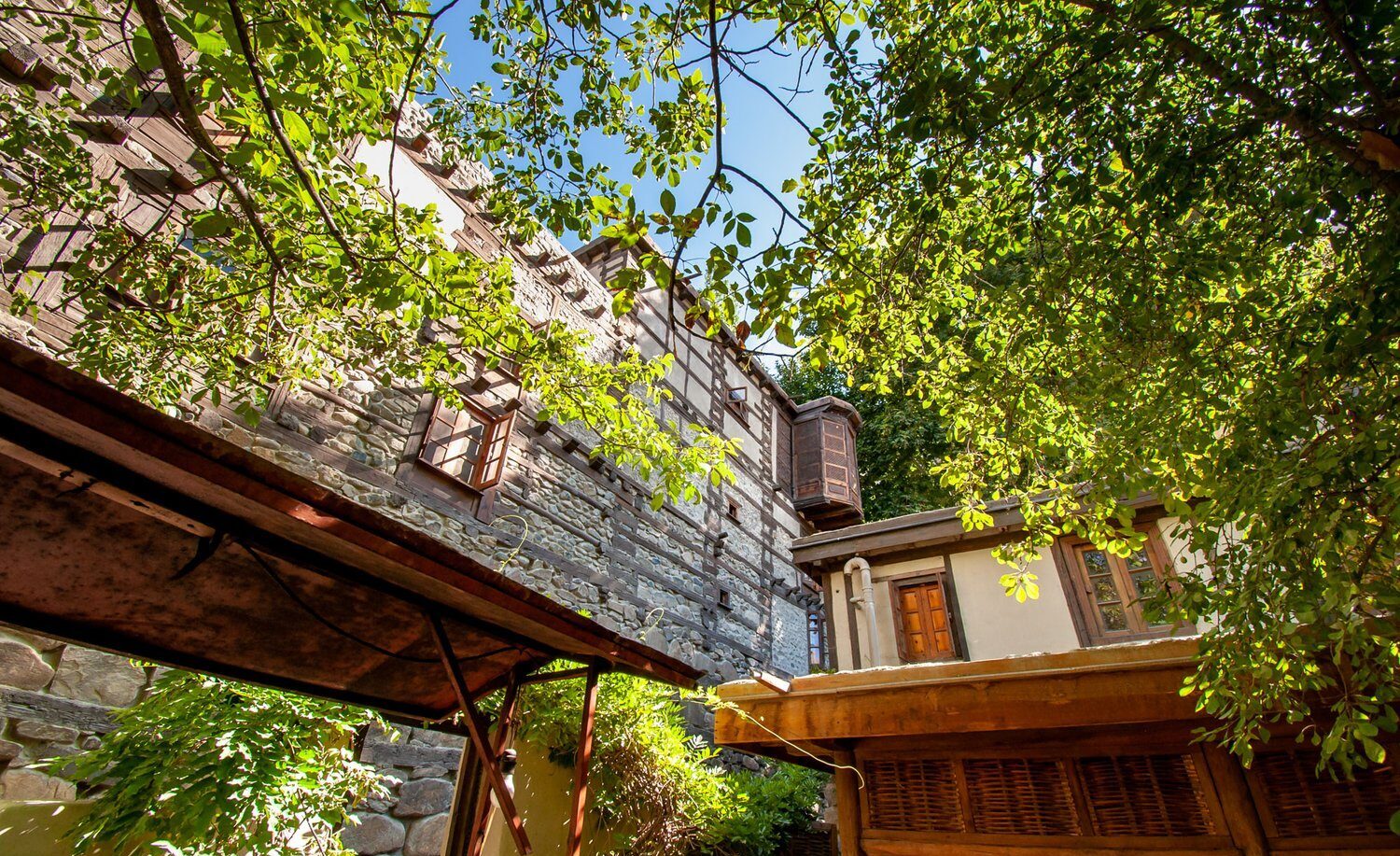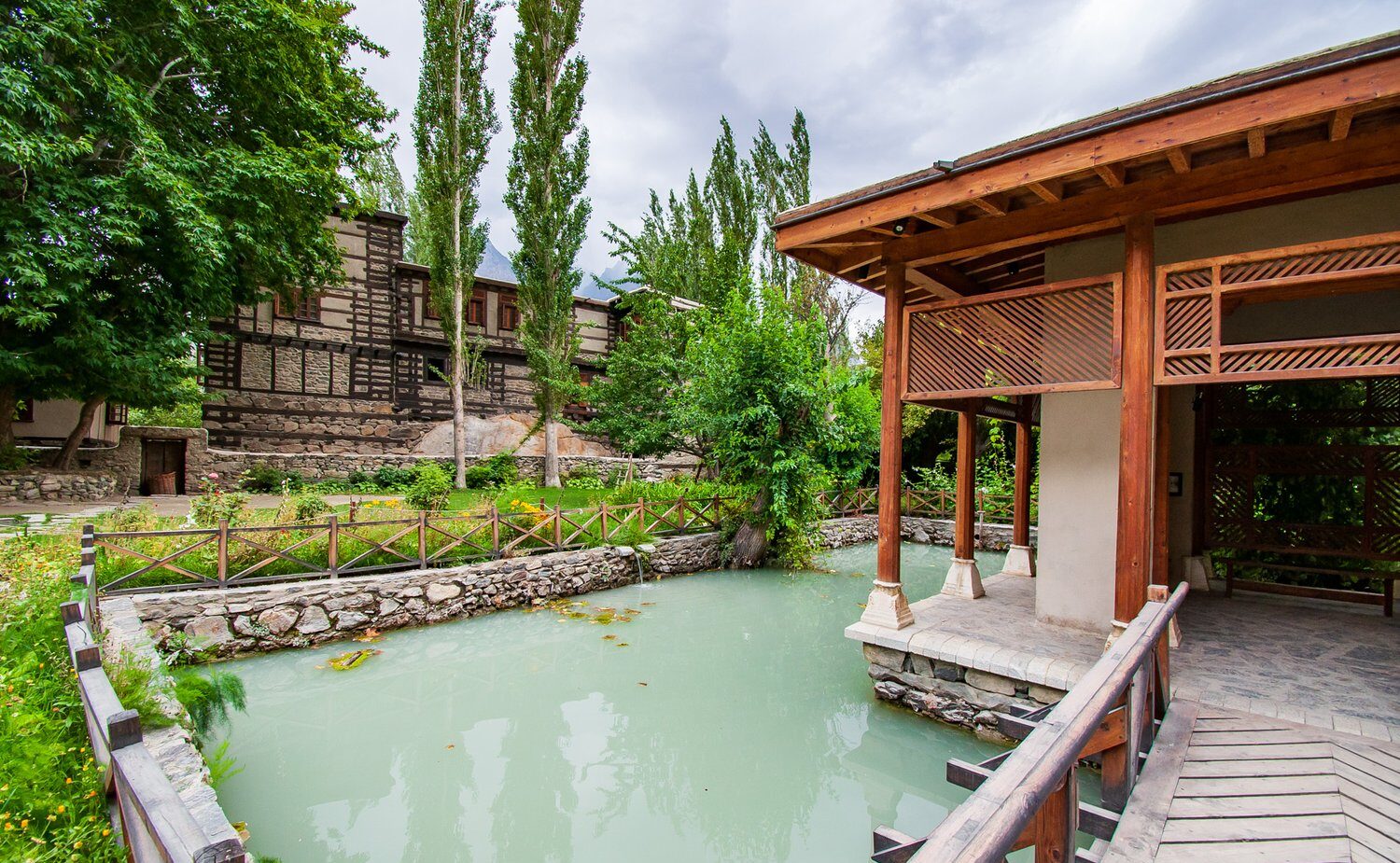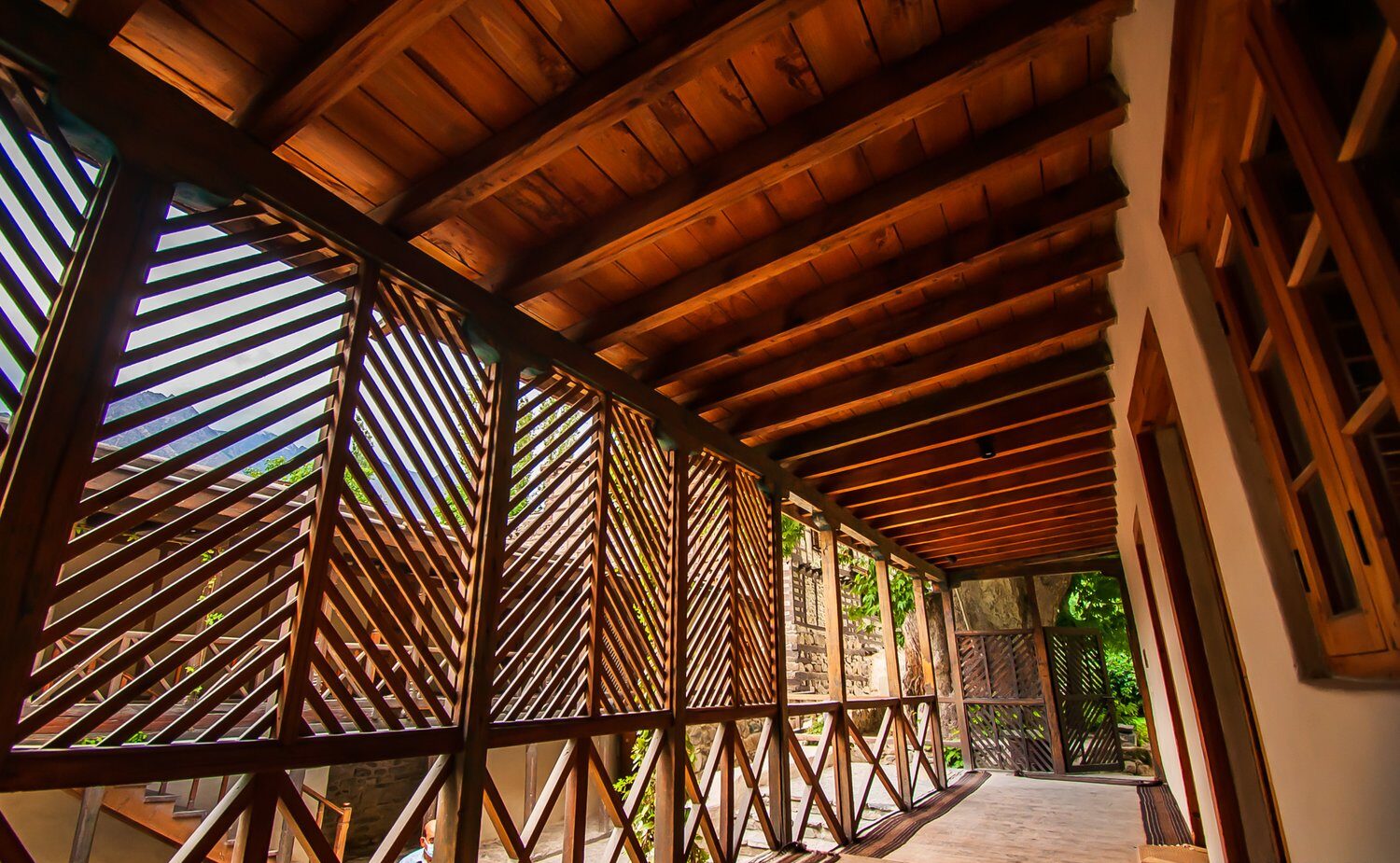Textarea
Fong Khar, meaning ‘Palace on the Rock’ is the traditional name for the majestic 400 years old Shigar fort, lying in the heart of Shigar valley.
It was built in 1634 by Hassan Khan Amacha, the Amacha Raja of Shigar, and it remained the seat of the Amacha Dynasty which ruled Shigar valley for centuries
Shigar fort’s vernacular design heavily draws from traditional Tibetan, Balti, and Kashmiri architecture, and it employs a variety of indigenous construction techniques
The fort comprises three core clusters of structures or blocks that were constructed over the course of the fort’s three-century history. These additions also indicate distinct stages of architectural expansion in the original structure.
Agha Khan Cultural Service Pakistan restored Shigar Fort from 2000 to 2005
After 5 years of arduous effort and a cost of roughly US$1.4 million, the fort was restored and refurbished as a hotel run by Serena.
'Adaptive reuse,' which conceptualizes the adaptation of historical sites for contemporary functions, is the philosophy underpinning the fort's restoration, and the historic site's newfound functionality fulfills a dual goal of conservation and utility
There was an attempt to preserve the physical as well the cultural functional structure of the building. There was a deliberate effort to stay as faithful to the actual functionality of the spaces as practicable.
The restoration incorporates traditional techniques with modern sensibilities
Shigar Fort remains one of the best examples of Architectural Restoration projects in Pakistan

